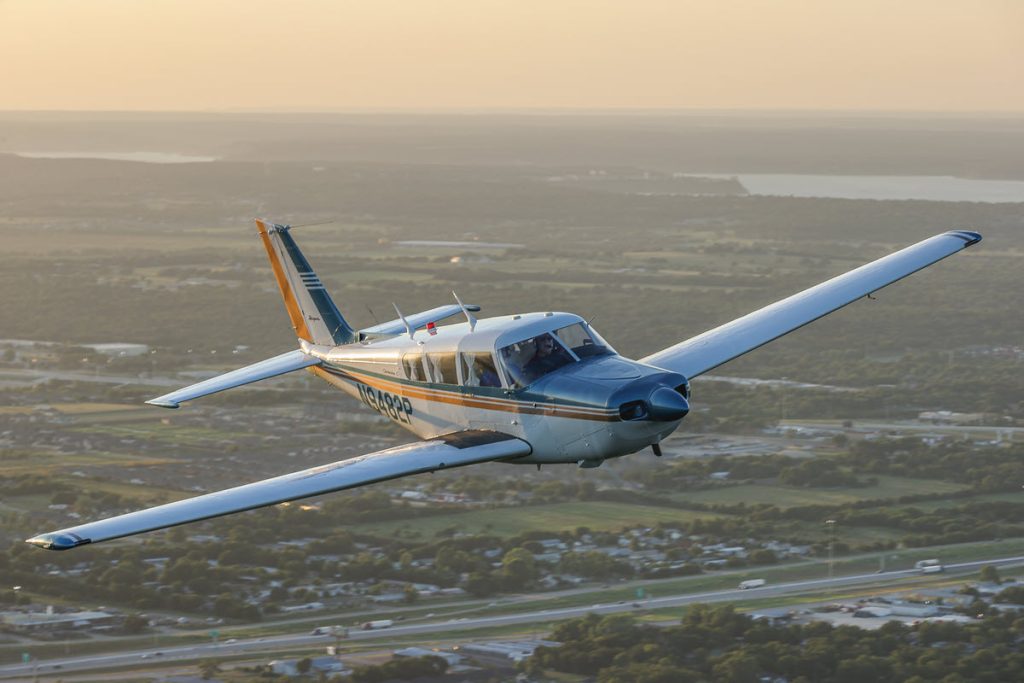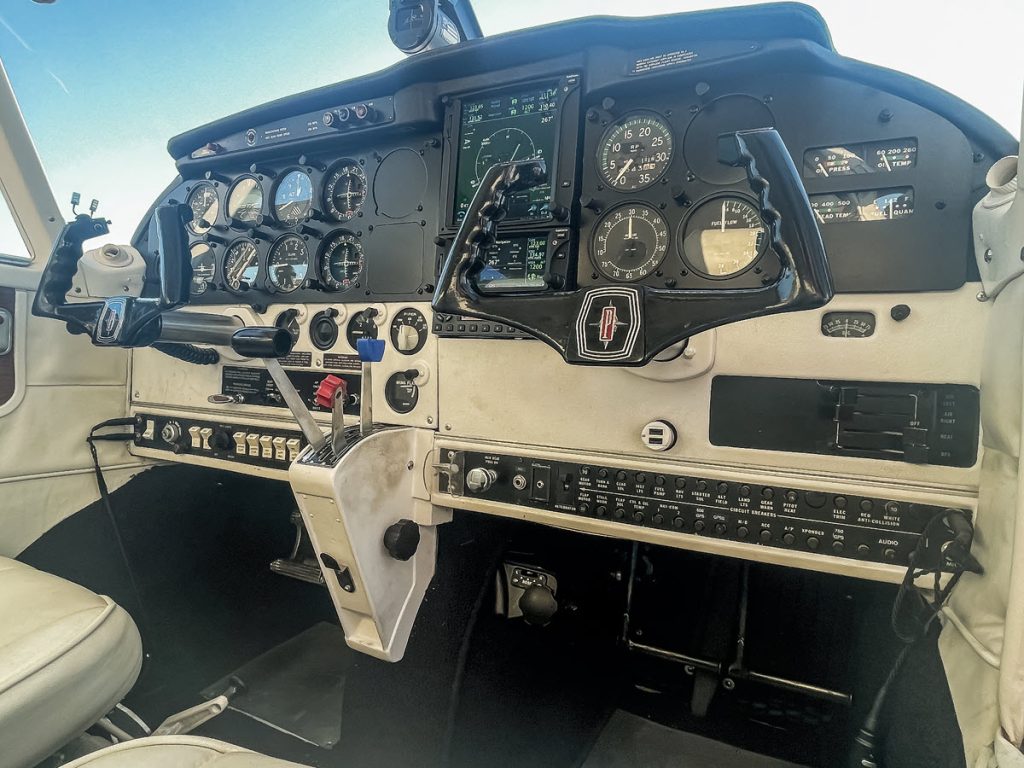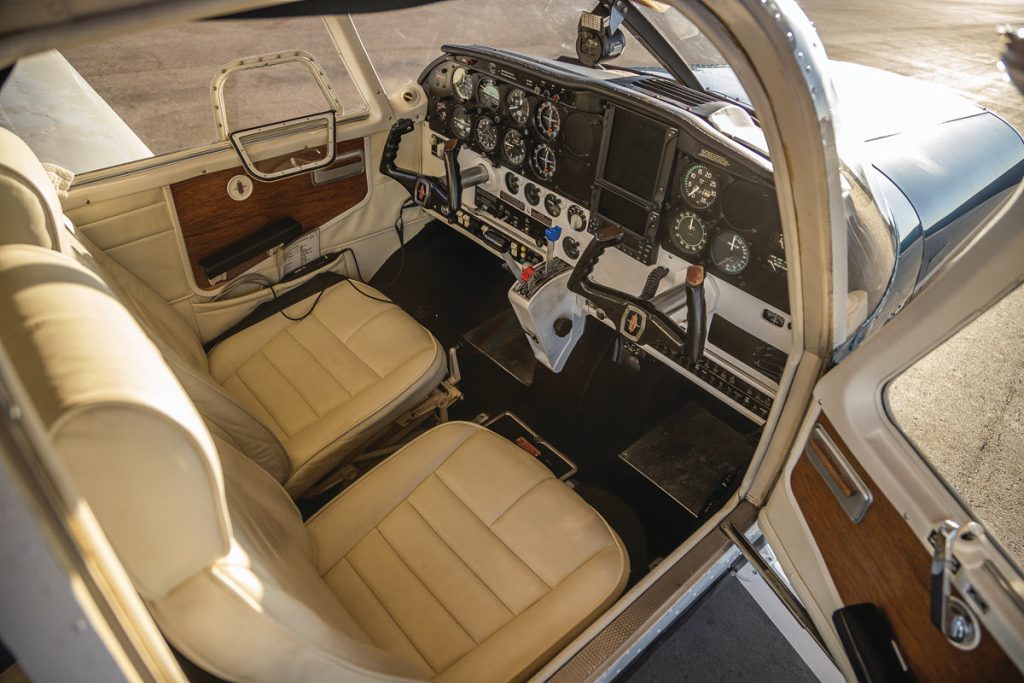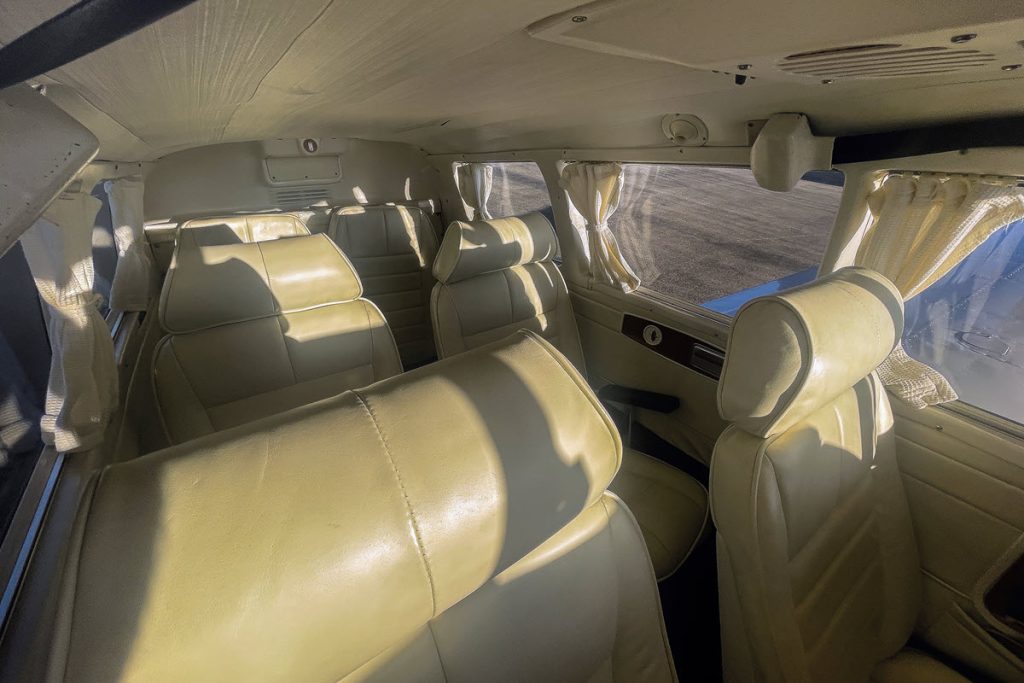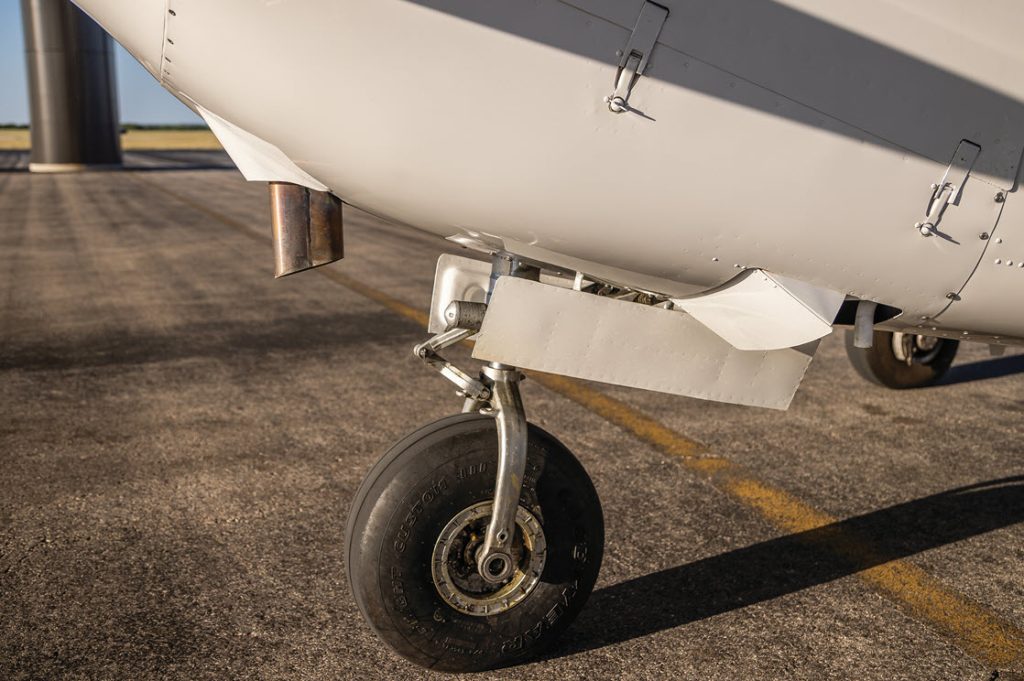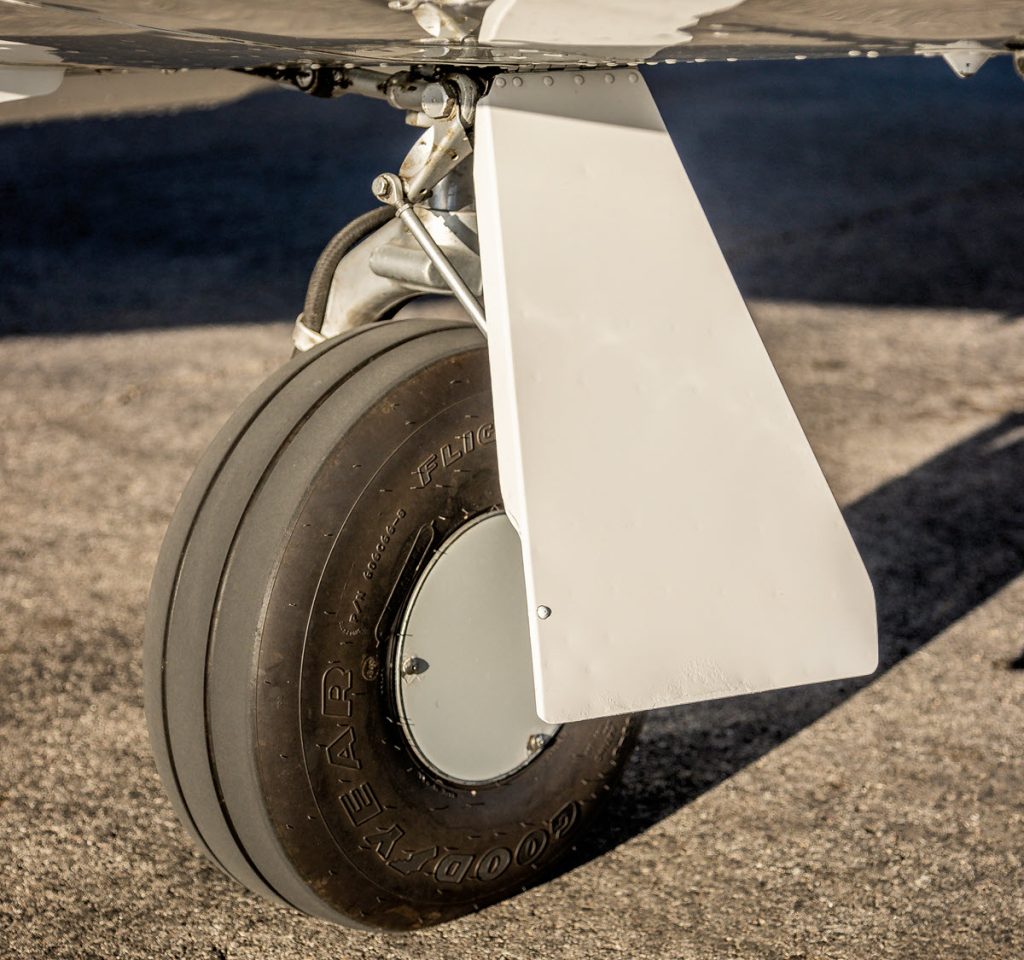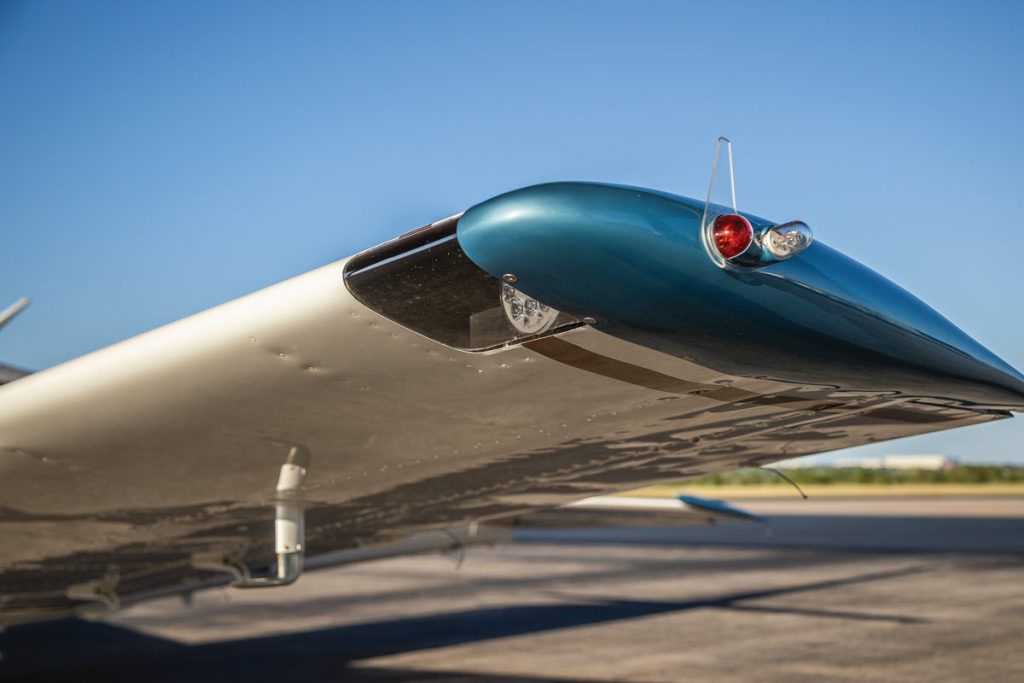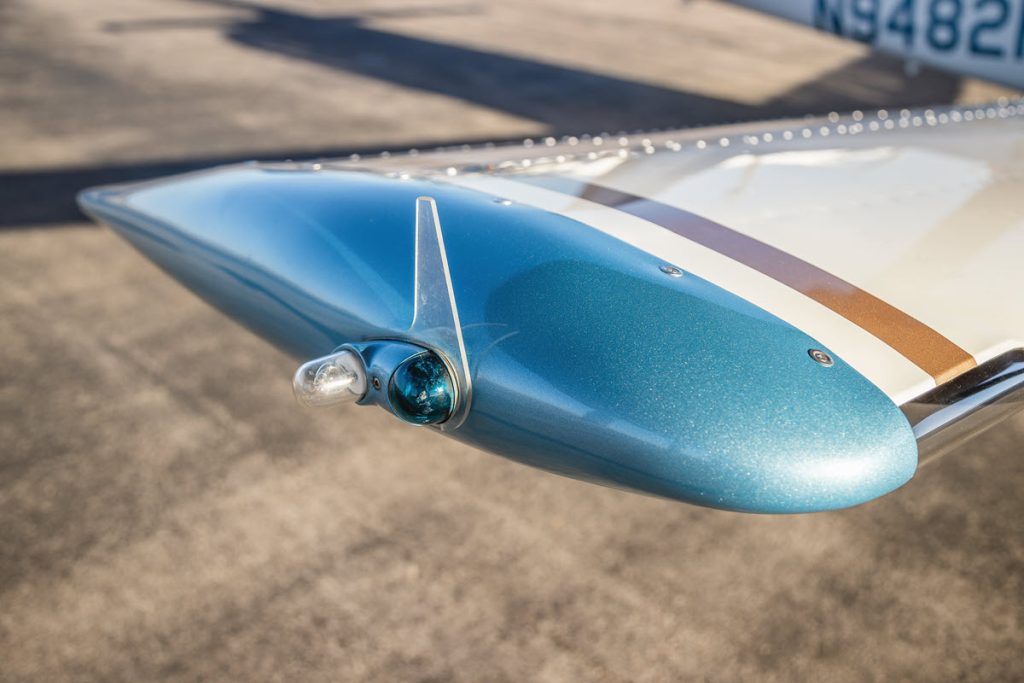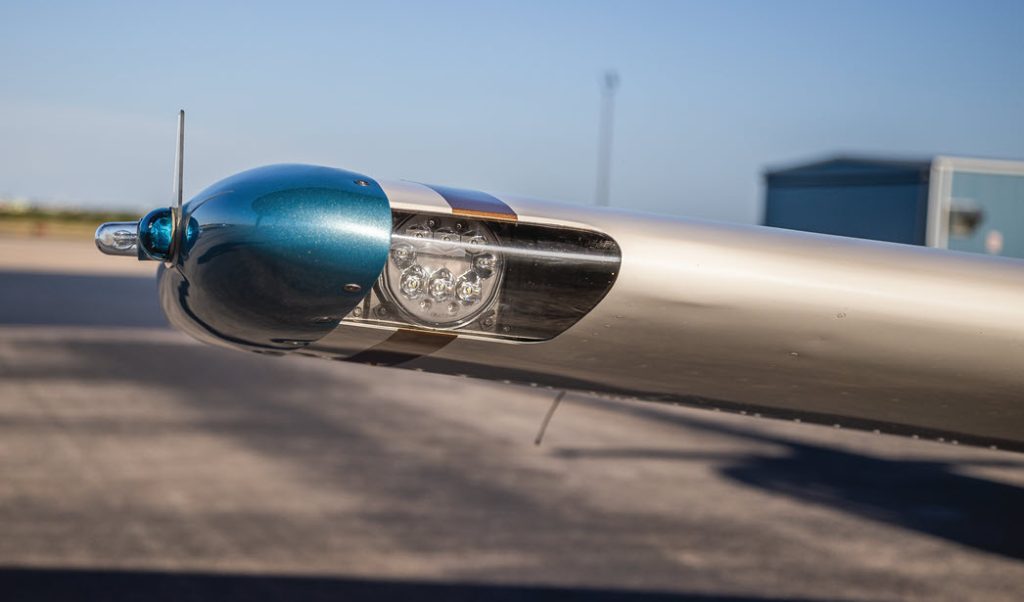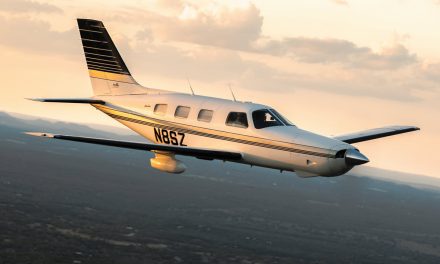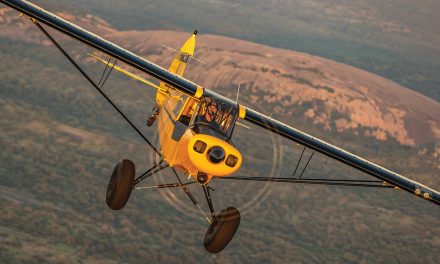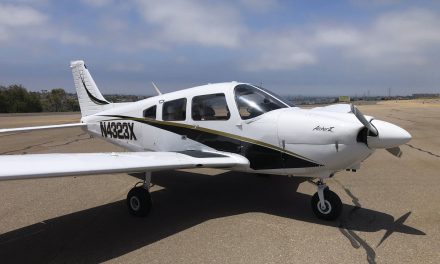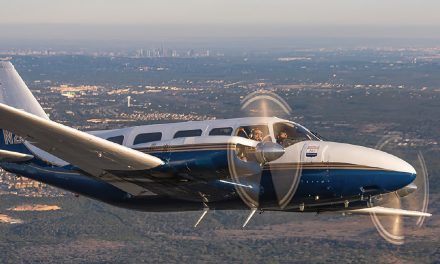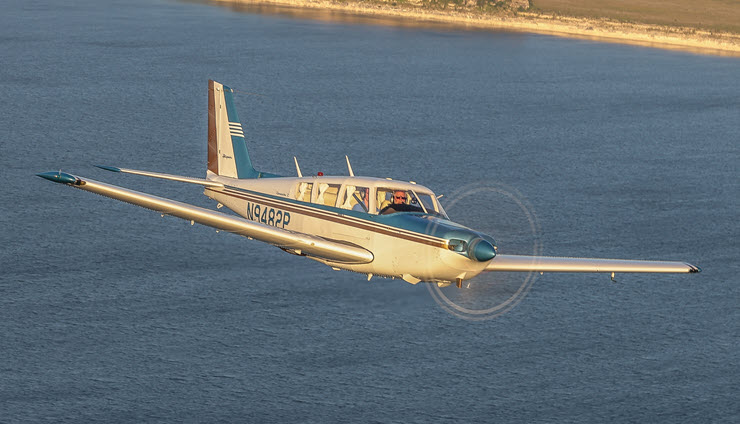
By Chuck Burgar
I was hooked! My older brother took me on my first flight in a rented Mooney M20A when I was 18. The moment he let me handle the controls, I knew I wanted to fly.
I took my first flying lesson in 1967 in a Piper PA-22 Tri-Pacer. I was in college and working part-time. I used the little spare cash I had to pay for flight instruction and two years later, with 47 hours of fly time, I passed the private pilot check ride. Shortly after, I went on active duty with the US Navy, which gave me both the income and opportunity to rent airplanes. When I was stationed at Pearl Harbor, I moonlighted as an avionics and instruments repairman at the Honolulu Airport where I received discounted rental rates and was able to continue flying frequently.
In 1971, I received my private glider rating at Dillingham Airfield on Oahu. A 1956 Pontiac convertible would tow the Schweitzer SGS 2-33 until it reached an altitude of 700-800 feet, then release it. Trade winds hitting the nearby ridge almost always guaranteed a successful launch.
When I returned to Austin, Texas in 1974, I worked part-time while completing my engineering degree. My boss owned N6882P, a 1960 Piper Comanche 250. After a few flights together, he handed me a set of keys and encouraged me to fly it frequently as a “favor” to him.
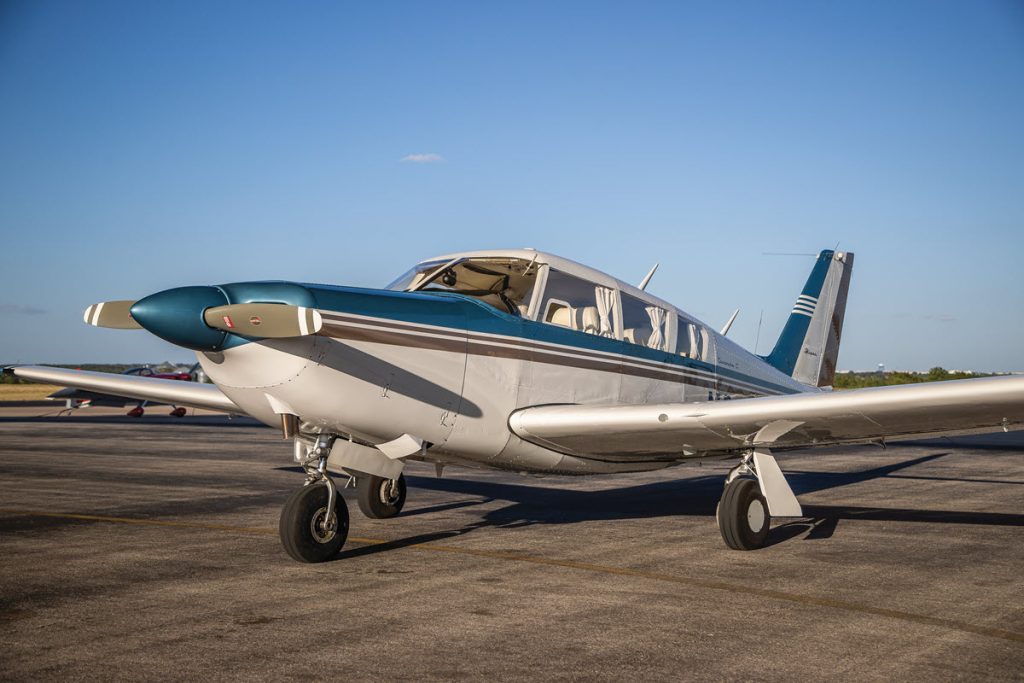
My most memorable flights in his Comanche were into Mexico. One venture into Mexico City required communications with ATC, to be relayed by a Braniff Airline pilot, as my wife and I maneuvered between mountain peaks in IFR conditions. Another was to Puerto Vallerta for a relaxing week at a resort. Every young pilot should be so lucky! I paid for fuel but was never allowed to help with maintenance or insurance costs.
Taking on New Challenges
After graduation, I worked in San Antonio. Crow Aviation, at Stinson Field, rented Cessna 150’s for $10 per hour and their twin Comanche for $45 per hour! Though I still had access to N6882P, I used rental aircraft to obtain my commercial ASEL, commercial rotorcraft/helicopter and IFR ratings in 1974. I added a commercial multi-engine rating in 1975 and became a CFI in single engine airplanes in 1976. In 1977, I purchased my first aircraft, a 1952 Hiller UH-12B helicopter (N831M). In mid-1978, I had my rotorcraft instructor rating and was training part-time.
By this time, I was working full-time as a biomedical engineer at the University of Texas Health Science Center in San Antonio. My future wife and my colleagues urged me to pursue medical school. So, in 1980, I sold the Hiller, reduced my instruction hours and went back to school – though I continued flying the Piper Comanche whenever I could.
A New Set of Wings
I knew the Comanche was the right plane for me, so I purchased my own in 1984; a 1966 PA-24 260B Comanche. N9119P came fully-loaded with King Silver Crown avionics and certified area navigation capabilities, which made IFR direct routes possible before GPS was available. This aircraft served as a magic carpet for us for 35 years. My wife, Joy, and I took it with us to California, where we were mildly ridiculed for expecting to find an available hangar in the San Francisco Bay area. We tied it down on the Palo Alto Airport ramp until 2002. After being meticulously repainted by T&P Aero Refinishers in Salinas, California (a paint job that frequently garnered admiration), we leased a hangar at Salinas Airport.
We flew back to Texas several times each year to visit family and friends. We took full advantage of the 800+ nm IFR range made possible by 90 gallons of fuel while we enjoyed the comfort of our Tempur® foam padded seats. On long flights, we usually cruised at 8,000-12,000 feet burning 13 gallons per hour.
Our most memorable flights in 19P included trips to Catalina Island, AirVenture in Oshkosh, and one trip to Mexico when we barely missed Hurricane Flossie. There were also multiple trips to various Caribbean Islands. Once, when we were flying over the Grand Canyon, we made an impromptu decision to land for the night. Although we didn’t have reservations, we were able to get a cabin on the rim. We woke the next morning to a spectacular sunrise. The flexibility afforded by flying general aviation aircraft is one of the perks I value most.
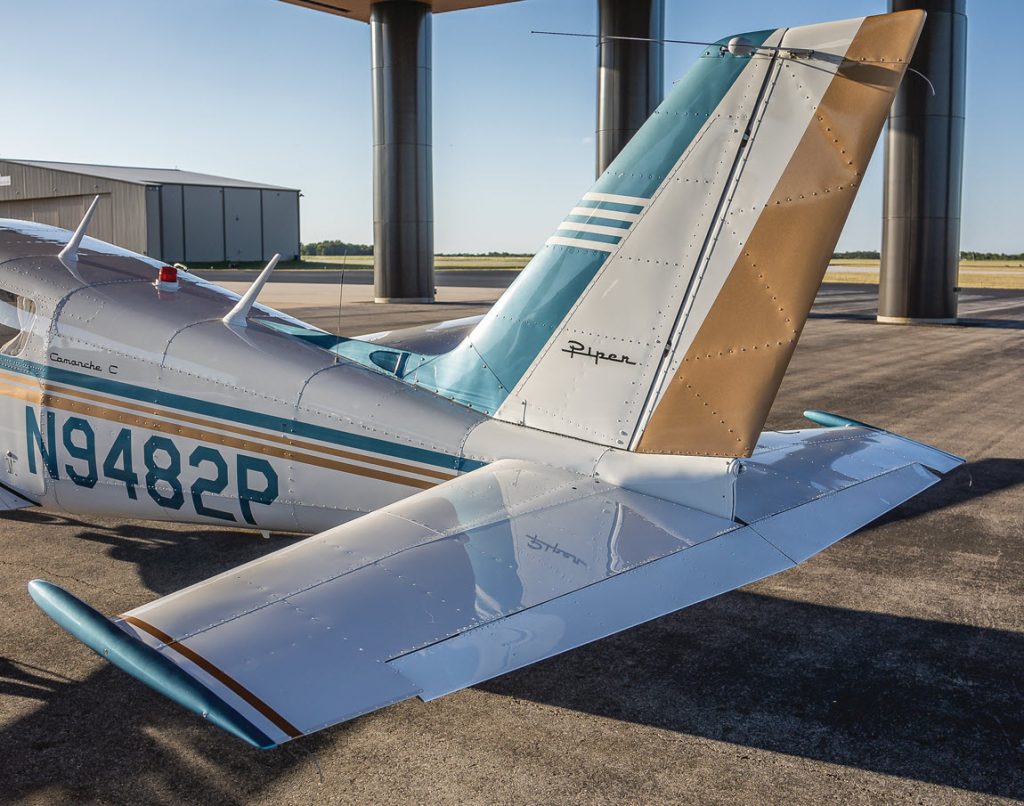
Time to Make Some Changes
After 30 years of flying with steam gauges and 1970’s navigation technology, 19P received a glass panel. I added a Garmin GNS430W and G500 that provided GPSS steering to an S-tec 60-2 autopilot, making IFR flights safer and easier.
By this time, my desire for vertical flight had once again resurfaced and the Comanche was sharing hangar space with an experimental helicopter project. In 2017, I completed construction of Jet Exec N911JE and it received its experimental Certificate of Airworthiness. It was a two-seat Rotorway 162F helicopter I converted to turbine power using a Solar T62T-32 engine. I also bought a custom trailer, to which I added living quarters and air-ride suspension. With this rig in tow, my wife and I made multiple trips to air shows and gatherings throughout the country.
When I purchased a 2003 Enstrom 280 FX certified helicopter, I had to make a hard choice. There were no hangars available, and the one we had simply wouldn’t accommodate three aircraft. I reluctantly parted with N9119P.
A Change of Heart
Seller’s remorse over parting with the Comanche grew over the years. In 2023, I sold the Enstrom and began searching for another airplane. I researched specifications and operating costs of available single engine planes. I considered the impact my 2000 hours in Comanches would have on insurance and my ability to regain fixed-wing proficiency. I resolved to own what I considered the finest combination of range, load capacity, speed, cabin comfort, style, handling and stability in a single engine plane.
My attempts to buy back my previous 260B failed, so I began searching Trade-a-Plane (where I found my first Comanche) and other publications for a 260B or 260C. I found two candidates, both 260C models, that warranted in-person inspections. The aircraft in Kansas City had potential but needed some upgrades and work. The one in Detroit exceeded my expectations.
I met James (Jim) Schock, the owner of N9482P, a 1971 Comanche 260C, when the temperature was in the upper 30’s and residual snow dusted the ground. Jim had spent 34 years grooming her to be the finest C-model Comanche flying. He flew her to Oshkosh in 2022 only to learn she was manufactured eight months after the qualifying date for judging, dashing her chances of being a vintage class winner at AirVenture. It was a huge disappointment for him.
My interest was definitely piqued. I noted the paint scheme and colors were original with obvious attention to detail during restoration. There were no signs of hail damage. The wingtips were original with a uniform metal-flake coating. Stabilator and rudder counterweights were present. These modifications to the original design eliminate an AD-mandated reduction of Vne to 188 mph, restoring it to 227 mph. Not all Comanches have them. The only modification to this airframe that was not from Piper was a set of gear lobe fairing and aileron gap seals. Based on my previous experiences, these are actually effective at reducing drag.
I did a thorough inspection of N9482P and found every working part in remarkable condition. Everything had been cleaned, repaired, replaced or remanufactured. What I observed was consistent with entries in the maintenance records.
Moving into the cockpit, I noted Jim’s attention to detail as he maintained the authenticity of this restoration. All the instruments were in excellent condition. I was surprised to see the original Autocontrol III autopilot control heads. Jim retained them to keep the original appearance but only the power switch was active to engage/disengage the autopilot.
The only concession to maintaining instrument panel originality was the updated avionics package; Garmin GTN750 and GTN650 GPS/coms with indicators, a GTX345 transponder with ADS-B in/out and a GMA35 remote audio processor.
The curtains were original, made from thermal underwear material, and all six seats were upholstered in matching leather. Jim explained that Piper was minimizing costs when this plane was built and likely used materials available in bulk. Wood veneer inserts still overlayed the original plastic trim. The two front seats were fully articulated, a desirable feature missing from my previous Comanche.
At this point, I was a serious buyer and requested a flight to evaluate control trim and equipment operation. While I was current in fixed-wing airplanes, it had been almost five years since my last Comanche flight. While I waited, I checked the logbooks. Not only were they all available from when Piper built the plane, they were detailed and thoroughly documented. Jim also presented me with notebooks containing organized documentation for AD compliance and receipts for every aircraft-related expense. Total time on the airframe was 4314 hours with only 60 hours on the remanufactured Lycoming engine. The weather was not ideal so our flight lasted only 0.4 hours but that was adequate to satisfy me.

Have a website login already? Log in and start reading now.
Never created a website login before? Find your Customer Number (it’s on your mailing label) and register here.
JOIN HERE
Still have questions? Contact us here.

